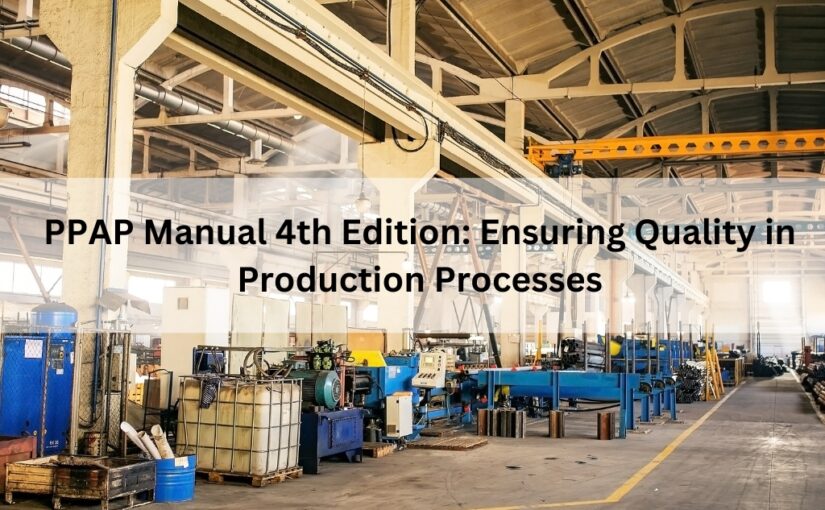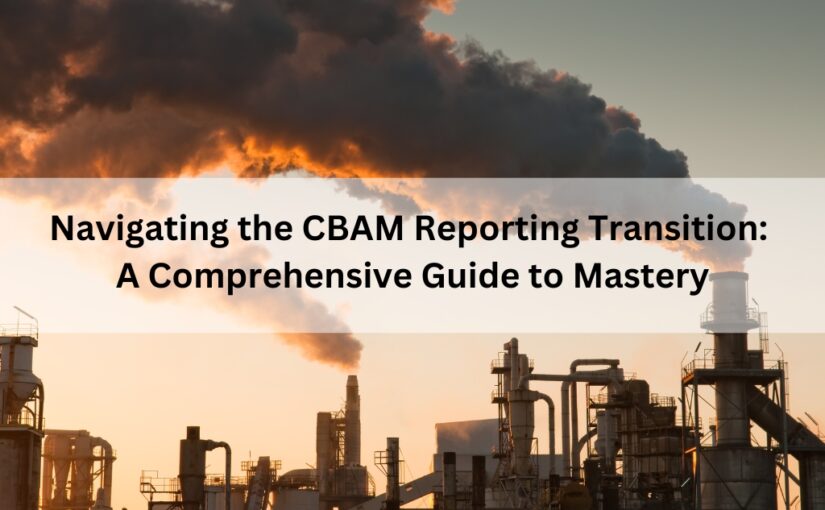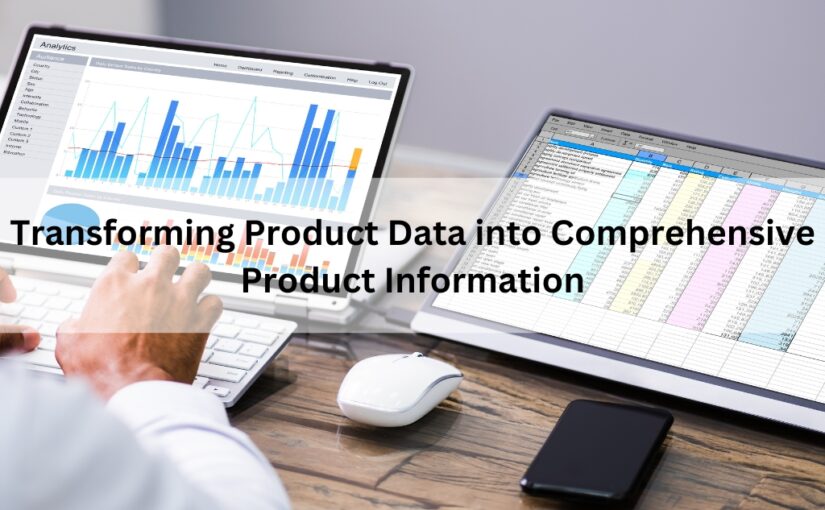Supplier Performance Evaluation with Scorecarding

For a multi-national organization, sourcing and supplier management with corresponding business rules is a challenge. It is essential to have an efficient supplier evaluation plan for accountability and justification for a long relationship.
Based on our learning various best procurement practices, here are a few scenarios to implement supplier evaluation:
- Planning to go for a repeat purchase
- Choosing the best supplier among a pool of ‘good’ suppliers within a category
- Identifying poor performing suppliers and replacing them better alternates
- Initiating a regular cost-benefit analysis practice
- Identifying poor performing suppliers and replacing them better alternates
- Initiating a regular cost-benefit analysis practice
Best practices to Improve Supplier Performance with Scorecarding
Supply Chain Management is a two-way street. It is very difficult for a larger organization to effectively manage the supply chain process without high-performing suppliers. Great performance of the suppliers will be achieved only if procurement professionals work as a partner and coach their respective suppliers.
- Build Scorecards around Business Goals: Developing a detailed scorecard is the base for supplier evaluation. Supplier Scorecards help the organization to define KPIs towards quality and monitor performance from time to time. Purchasing teams should understand the business purposes before developing scorecards to:
- Uncover hidden cost drivers and risks
- Find opportunities in performance improvement
- Reduce risks and supplier costs
- Discover additional value from suppliers
- Establish Processes to Evaluate Performance: The measurable metrics in the supplier scorecard have to be with the specific business objectives such as lead time, cost, availability of products, or any other crucial aspect. The purchasing department stakeholders have to decide on how to recognize and reward the suppliers for good performance. Rewarding a supplier includes allocating additional/new contracts based on business requirements.
- Communicate with Suppliers and perform Proactive Upgrades: It is also important to communicate to vendors that scorecards were built for them and share KPIs and let them know their performances are calculated from time to time. And scorecards results are to be shared with suppliers based on their performance and quality of goods supplied in a stipulated time. Based on this, make suppliers understand where they stand in offering services and improve themselves in the areas where they are performing low. With such insights, it is easier to decide what type of contracts can go to specified suppliers and help organize supplier development programs.
- Collaborate Supplier Insights with Internal Stakeholders: The performance metrics collected through supplier scorecards help supply chain stakeholders to decide the next course of action in managing further purchases. Further, this also measures the technical capabilities of the suppliers before making new additions to the current contracts.
Are you struggling to measure you supplier performance and incurring higher purchasing costs? Talk to one of our procurement experts today!










